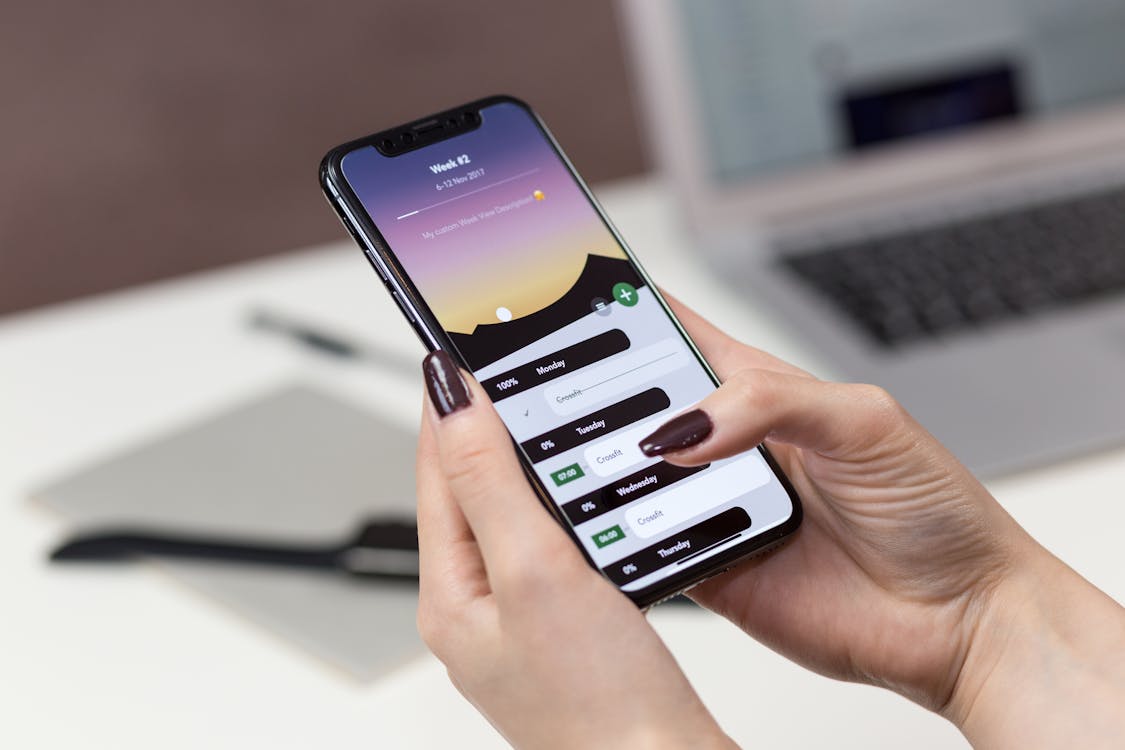During usability testing, the moderator typically collect qualitative data like behavioural observations and participant comments. UX Researchers would also sometimes collect quantitative data like task times and success rates.
In this Article
By critically analysing this data, the UX researcher seek to identify usability problems within a mobile application or website.
In today’s blog post, we shall delve into usability testing for mobile applications and its underworkings.
What is mobile usability testing?
Mobile usability testing is essentially usability testing performed on mobile products and applications running on mobile platforms.
This usability testing exercise attempts to determine how end users might perceive a mobile app or product, either in a usability laboratory or in a field setting.
Is mobile app usability testing important?
Mobile app usability tests seek to observe test-subject users while utilising a specific app. The core purpose is to measure the application’s user-friendliness to better support a brand’s key commercial objectives.
Mobile usability testing also ensures an app adds value to a business, thus meeting the expectations of the final users.
Generally, ensuring good usability for mobile apps helps improve customer satisfaction, decrease time spent on customer support, and increase overall sales and revenue.
Furthermore, a well-tested and improved application attracts visitors’ attention and helps set up trust and cooperation between the app owner and the app’s potential users.

How to run effective usability testing for mobile apps
Step 1: Define objectives
Before commencing any usability testing exercise, you should set your objectives and goals straight. In essence, you should clearly define the questions you want to answer with the usability test. Or even clarify the hypothesis you want to test with the usability test.
As you define the test’s objectives, ensure you explore these important areas:
- The app’s roadmap (for example if something is important to be tested or it will already be removed in the next update)
- The potential impact of the test
- Existing users and markets for whom the app is targeted
- The app’s existing competitors
- Timing and scope
Step 2: Design the tasks
Once the test objectives have been defined, you then need to set the tasks of the usability test. Tasks should be one sentence long and consist of the interactions to be performed by the test users, for example:
- Register an account
- Upload a photo
- Accept a friend request
- Sign into an account
However, rather than directly asking the test user to execute a task, tasks should be converted into task scenarios. These provide more context to participants about why they are doing the task. And thus, facilitate more natural interactions similar to what an ordinary user will perform with your app.
Consequently, task scenarios that are defined should always be:
- Realistic, actionable and without any obvious clues about how to perform the steps.
- Sequentially ordered to ensure a smooth flow of the test session.
- Tied to one or more objectives.
Step 3: Prepare the usability test documents
When conducting usability testing for mobile apps, there are several documents you typically require. For example:
- Consent forms (for minors and even adults)
- Post-test questionnaire
Ensure these documents are well prepared to suit your user group and their nuances.

Step 4: Prepare the test participants
Mobile usability testing typically involves real users undertaking realistic tasks that the mobile app is intended to achieve.
As you prepare to test with real users, there are several considerations one can take when vetting participants:
- Choose users who are a fair representation of the target audience.
- Users own a mobile device with the exact operating system (including the appropriate version/s) that is being targeted.
- Participants must be available at the time, place, frequency of the intended usability tests.
- Users must agree to the compensation terms that you’re offering (if any)
- Participants must be ready to sign a usability test participation consent form
Step 5: Choose a mobile application usability testing methodology
Principally, there are two main methods for conducting usability testing of mobile applications. These are:
- Laboratory-based usability testing
- Remote usability testing
In this step, weigh the pros and cons of each approach and then pick one that will fit your needs.
Step 6: Reporting the results of the usability test
After collecting your usability test data, the next step is to compile, organise and analyse it to draw meaningful conclusions.
The data can be split between quantitative and quantitative data. For instance, quantitative data encompass completion rates, task times, success rates, satisfaction ratings and error rates.
Or qualitative data like problems experienced, answers provided in the questionnaire, post-test interviews and debriefing sessions.
This step basically involves careful analysing notes on recordings, transcripts, and other information you might have gathered. It then moves on to presenting it in a way that delivers actionable recommendations.
Conclusion
Usability testing is vital to the success of mobile apps. Mobile apps that users perceive as easy to learn, user-friendly and less time-consuming tend to be more profitable and popular.
Furthermore, usability testing should occur on a regular and scheduled basis, especially when introducing new design features, or updates to improve functionality.
The article is a part of our comprehensive guide on “Usability testing”.

